Nissan Vmotion 2.0 Concept Preview


CARS.COM
Looks like: A high-energy, futuristic Maxima marked with a dramatic, Genesis-size interpretation of the Nissan “V-Motion” grille
Defining characteristics: A “vision” of Nissan’s ProPilot driver support technology that eventually could lead to fully autonomous driving
Ridiculous features: The exotic interior, lack of B-pillars and rear-hinged back doors would give safety regulators a panic attack
Chance of being mass-produced: None in this form, but some of its design cues could show up in a future Maxima (we hope)
Along with a down-to-earth production SUV, the Rogue Sport, Nissan used the 2017 North American International Auto Show in Detroit to offer a flight of design fancy with its Vmotion 2.0 concept car. Nissan says the car aims to provide a hint of the automaker’s future sedan design direction for “busy professionals.”
The concept car also presents a vision, says Nissan, of where its ProPilot technology for driver support and eventual autonomous driving is headed. The system is a key component of Nissan’s “Intelligent Mobility” plan to reach corporate goals of zero emissions and zero fatalities.
More 2017 Detroit Auto Show Coverage
The concept’s dimensions are very close to the current Nissan Maxima sedan, but it adds a big dose of style compared with the large sedan’s looks. The most striking element is a supersized version of Nissan’s V-Motion grille now spreading through the lineup from the Murano SUV and Maxima.
The “V” grille line rounds the corners with squinting LED headlight pods and extends into sharp character creases that stretch back to the C-pillars, making the car a full expression of the design theme begun with the dramatic grille. Additional sharp lines and angles on the sides play off that dominant theme energetically.
The blacked-out pillars, glass and sparkling silver-threaded fiber of the long, coupelike greenhouse create the illusion of a roof floating over the car. Sharply defined rear corners, an expansive, curved bumper and elongated boomerang taillights combine for a wide muscular look from the back. A multilayer paint finish in silver accentuates the angles and contours. There is no B-pillar and the rear doors are hinged at the back, creating open access to the interior.
Inside, the concept aims for high-tech luxury with white quilted leather, exotic zebrawood (including on the floor) and copper accents. Nissan took a minimalist approach to the controls. A massive widescreen with a touchpad on the console integrates the ProPilot interface, instruments and the multimedia system. A second screen for backseat infotainment is perched on the full-length console, and occupants can sit back and enjoy a 360-degree soundstage created by Bose Nearfield speakers. A half-steering wheel provides an unimpeded view of the big front screen, but it would be of limited use if needed to drive the car.
That shouldn’t be necessary with advanced ProPilot engaged. Nissan sees the driver support system, which is getting its first production trial now with highway functionality in the Serena van in Japan, as eventually developing into a system that allows a vehicle to operate in autonomous mode in most driving situations. The concept’s Nissan emblem and lower rear bumper are designed to glow when the car is operating in ProPilot mode.
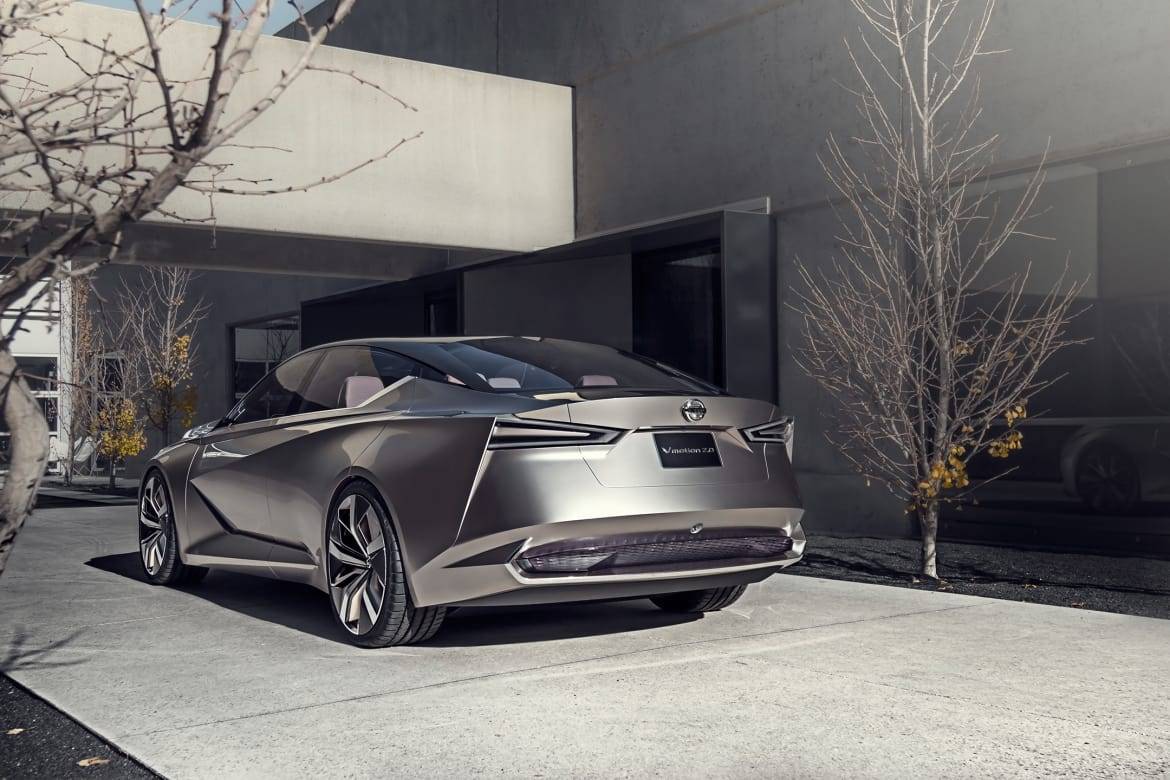

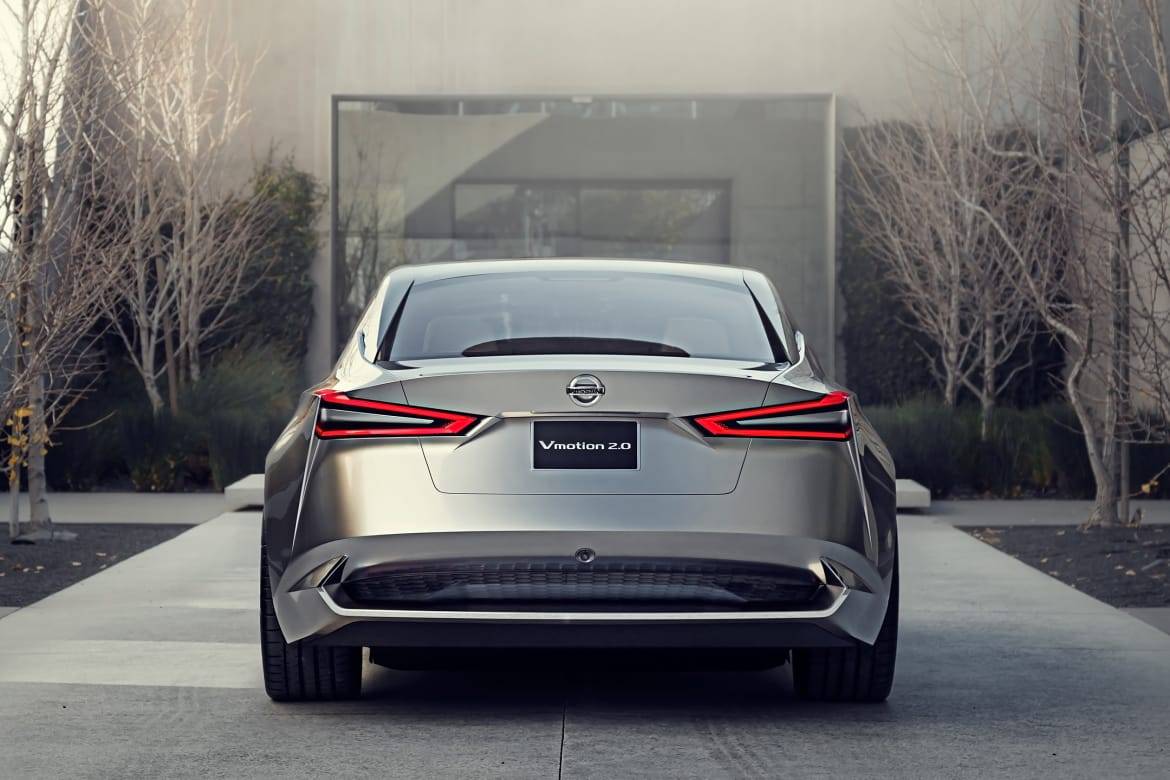
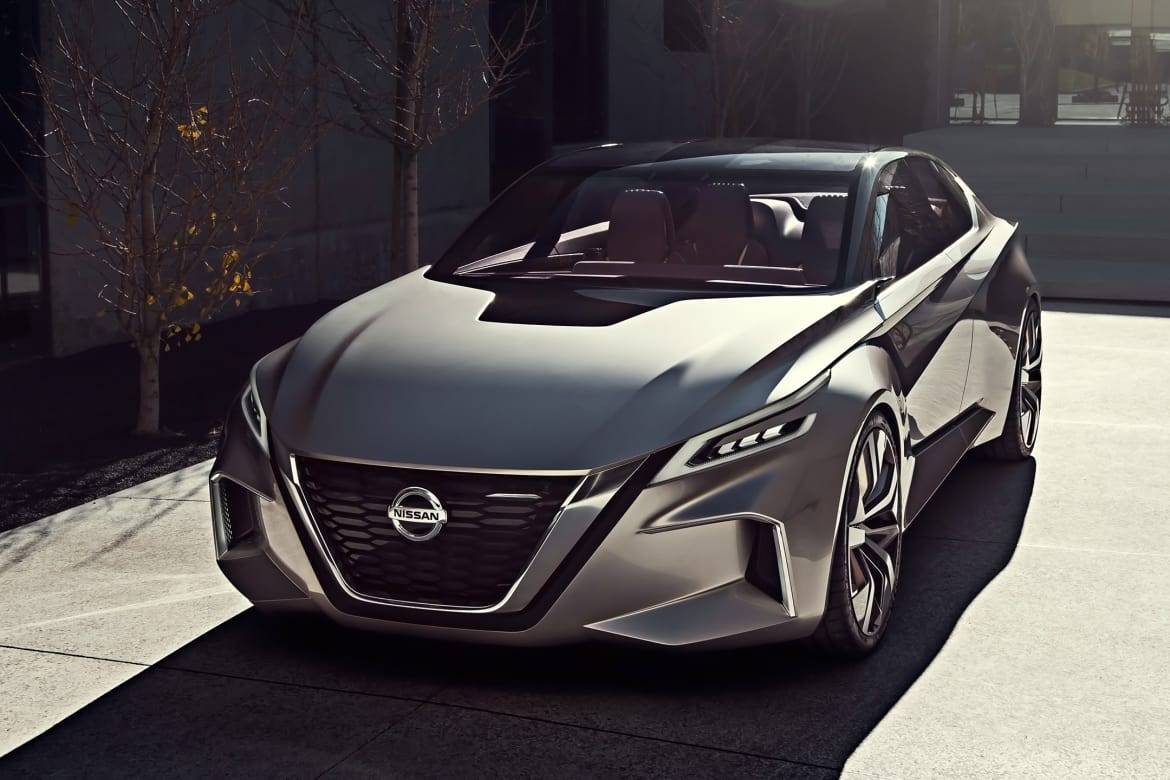
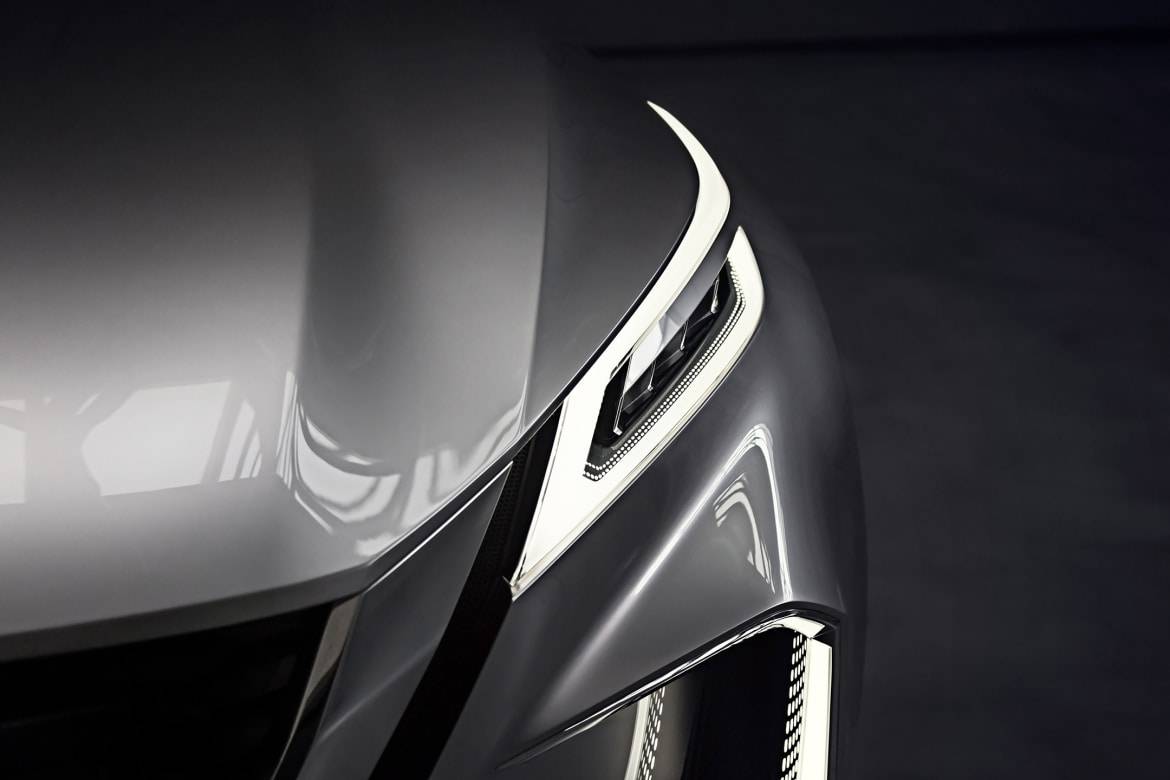
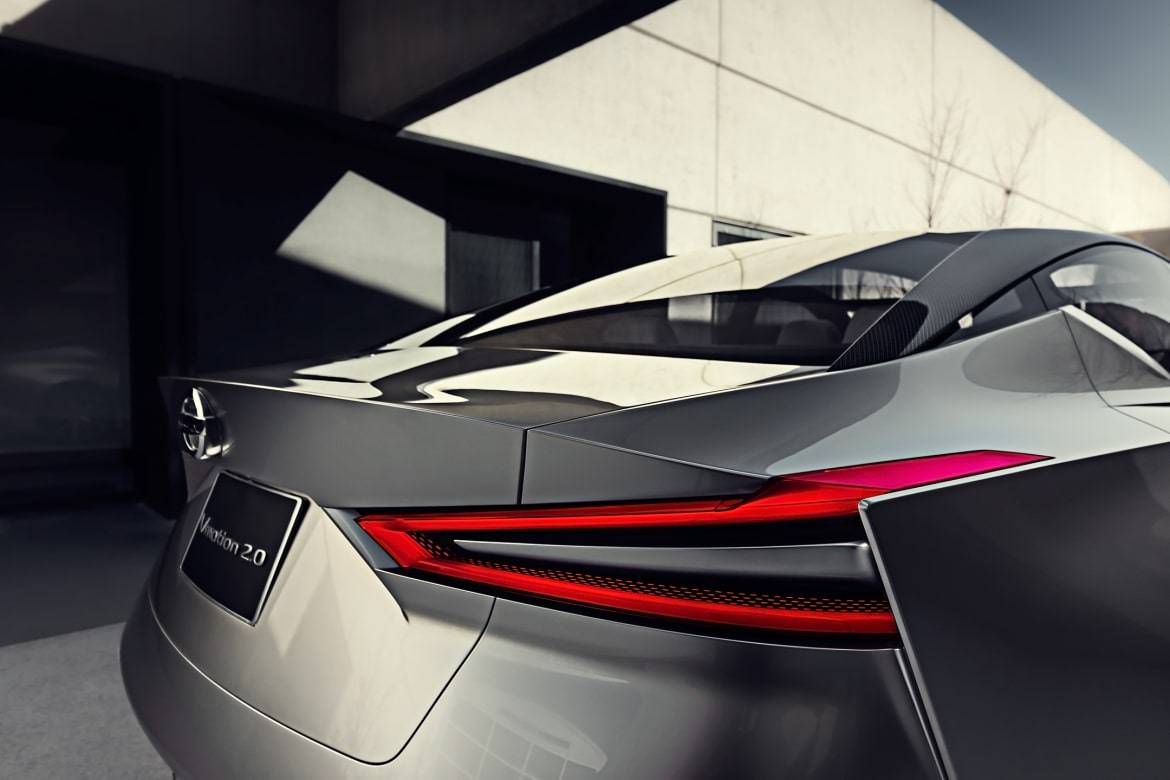
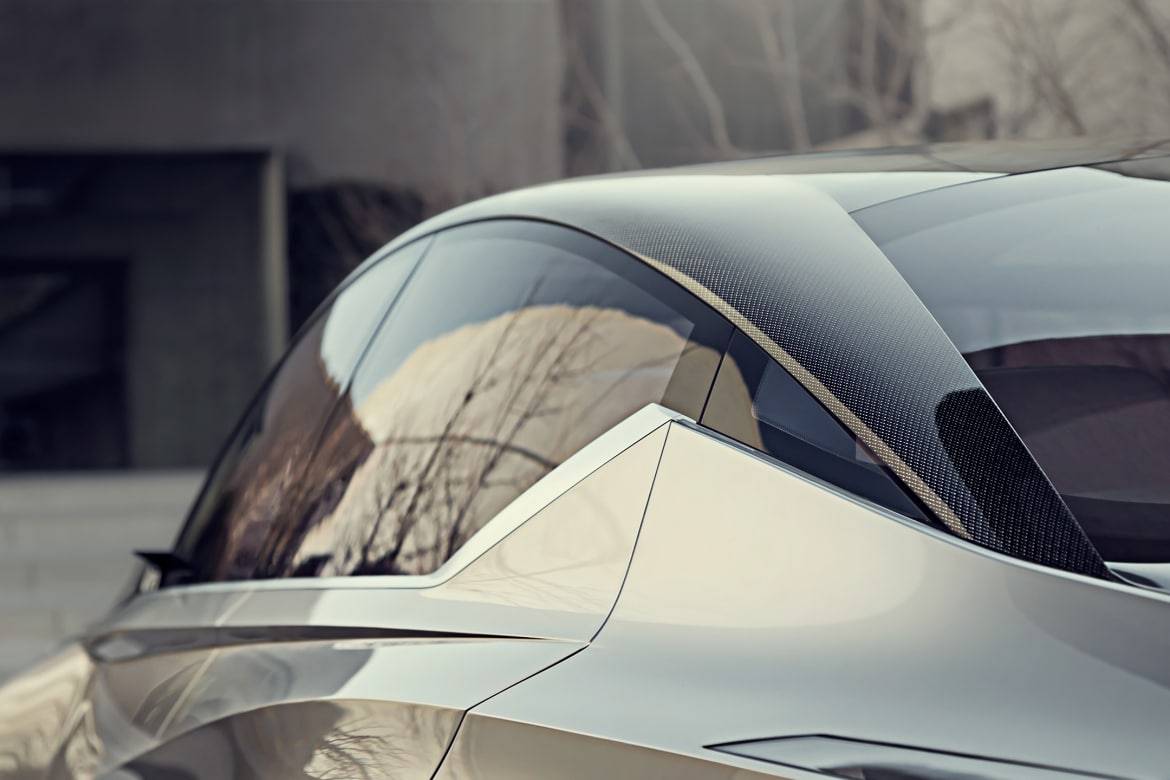
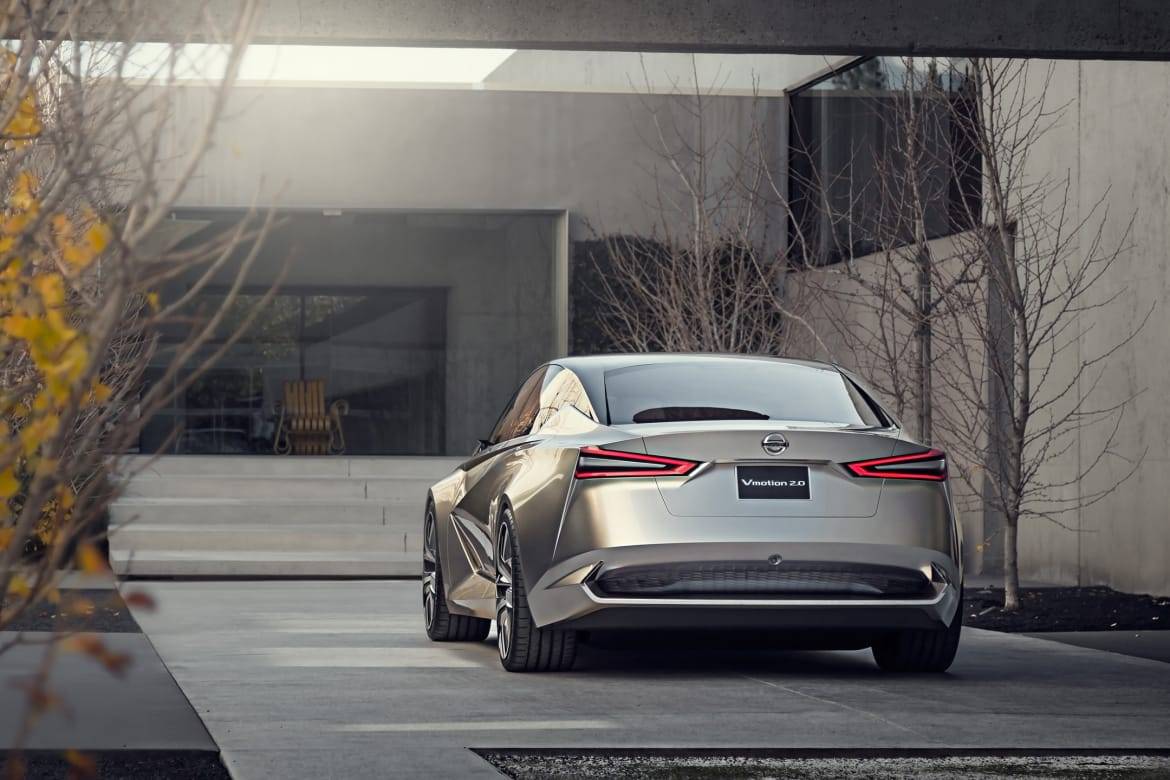
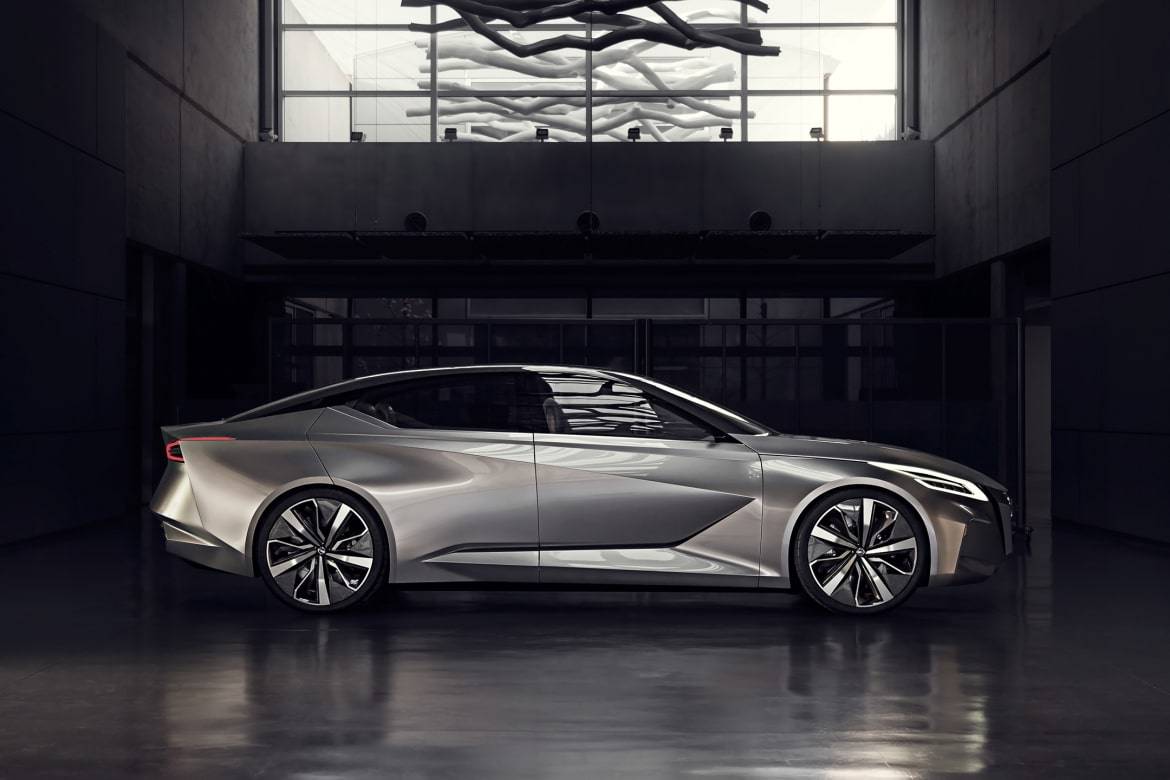
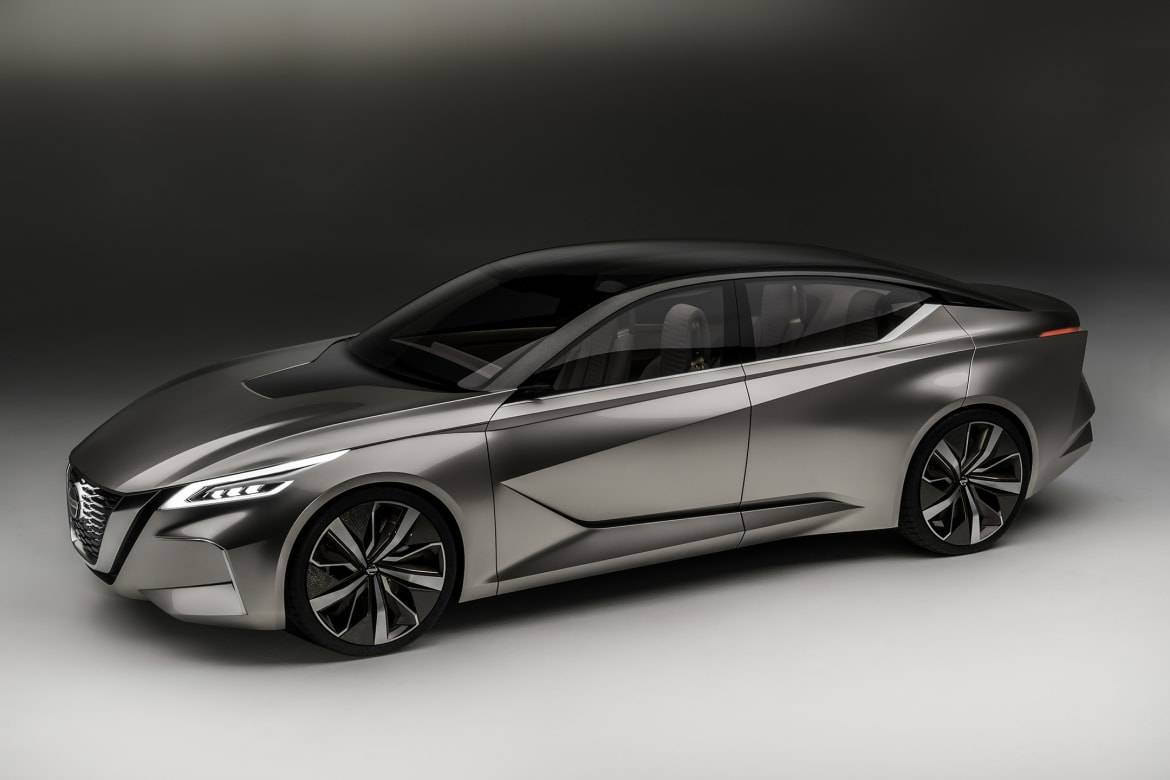
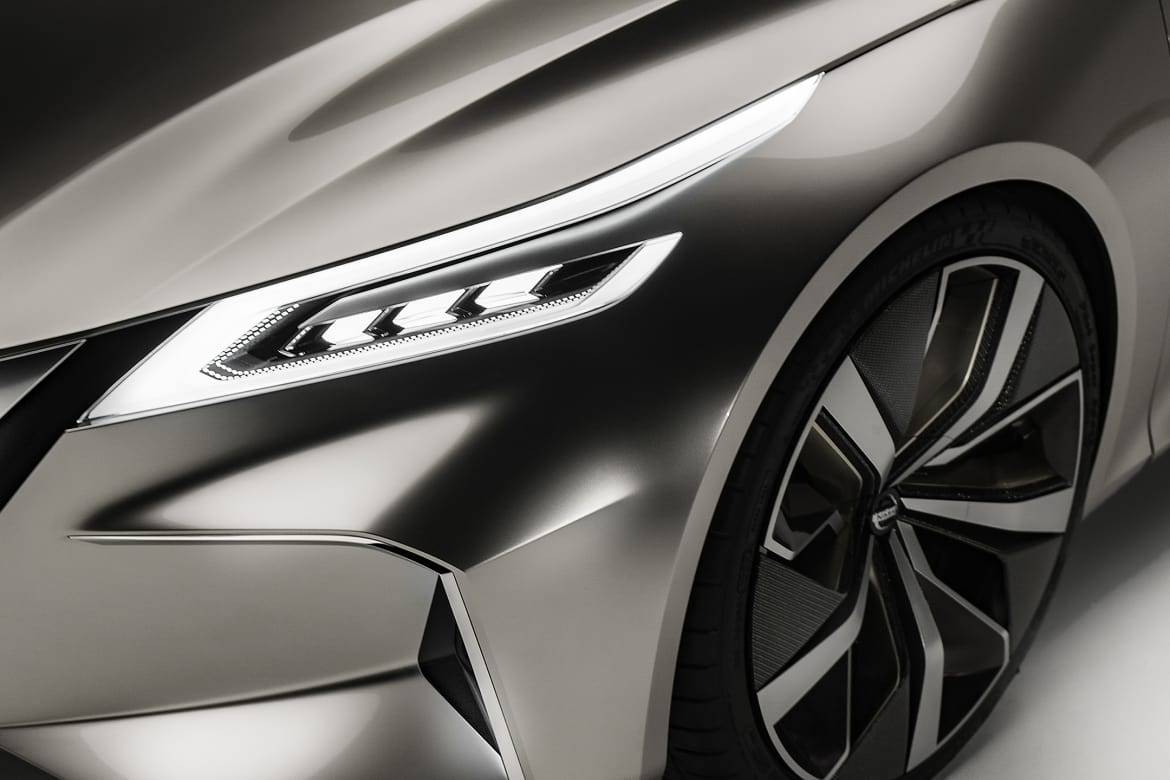

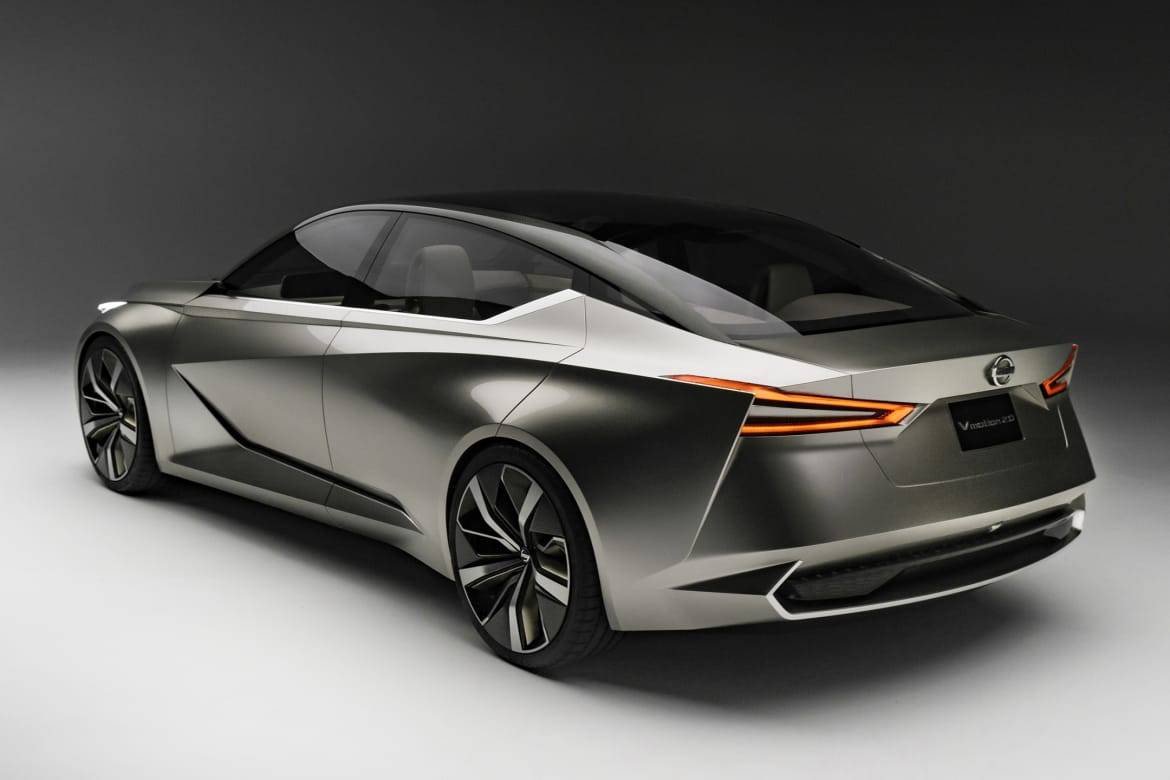
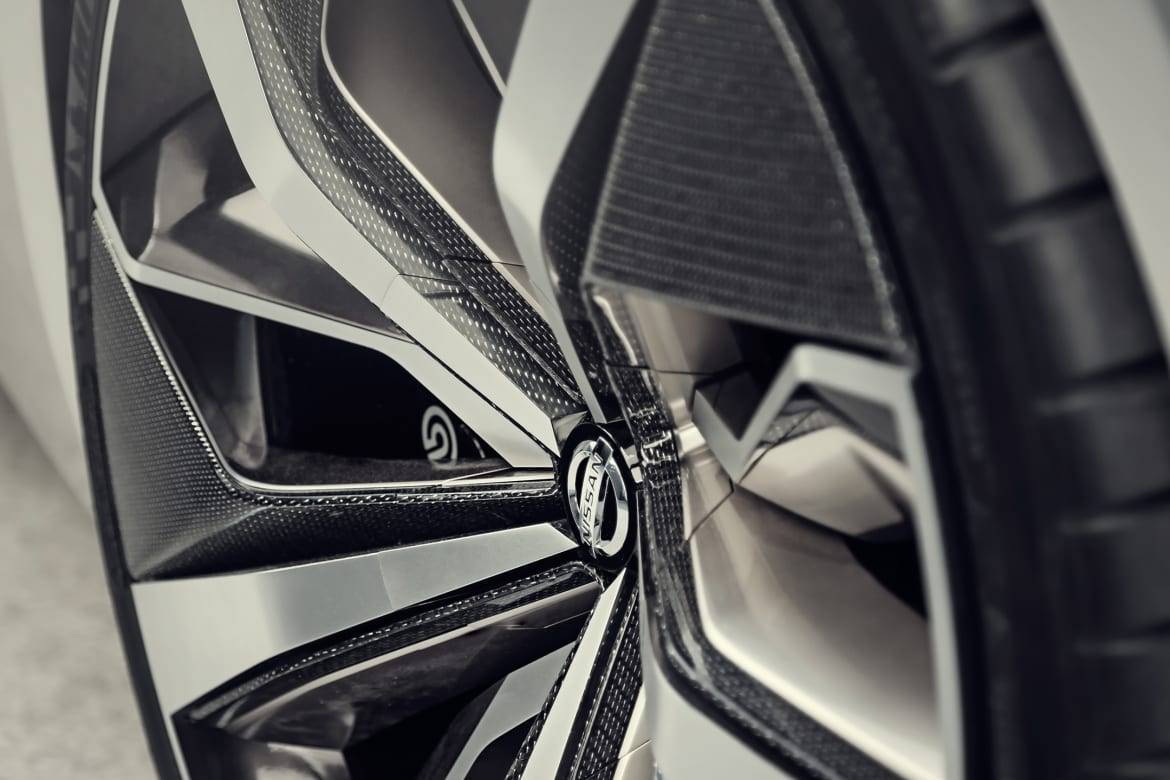
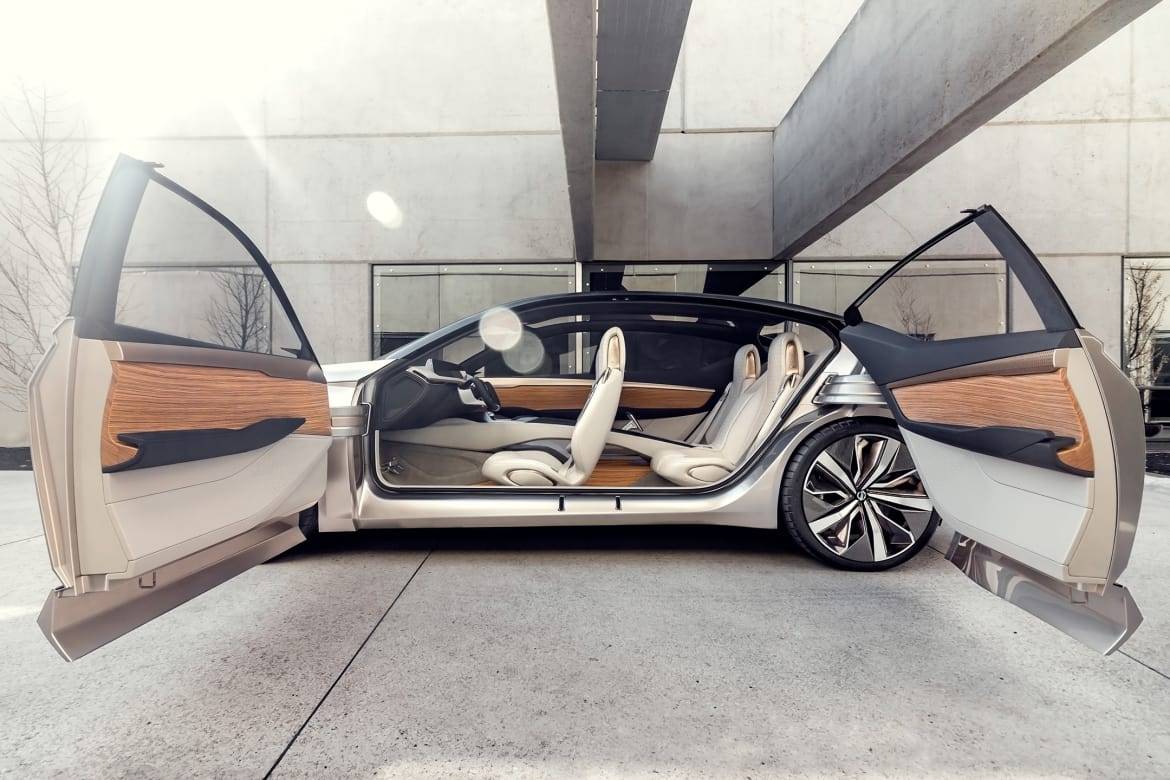
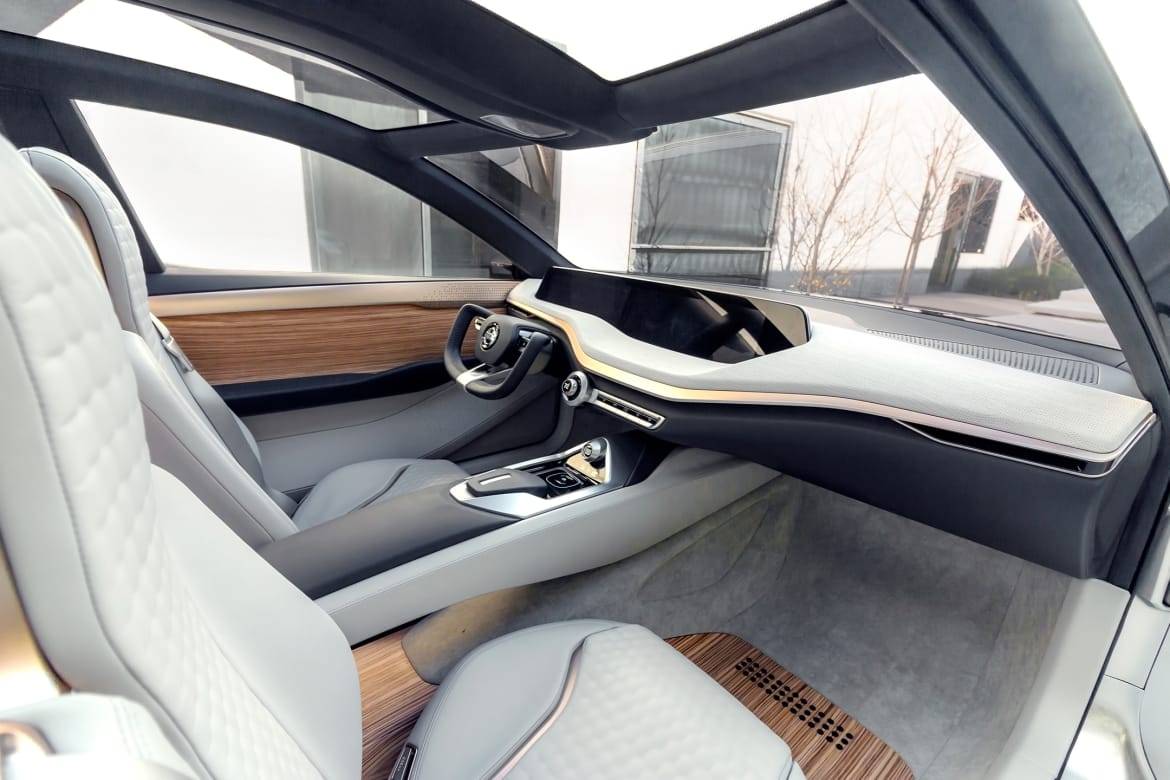
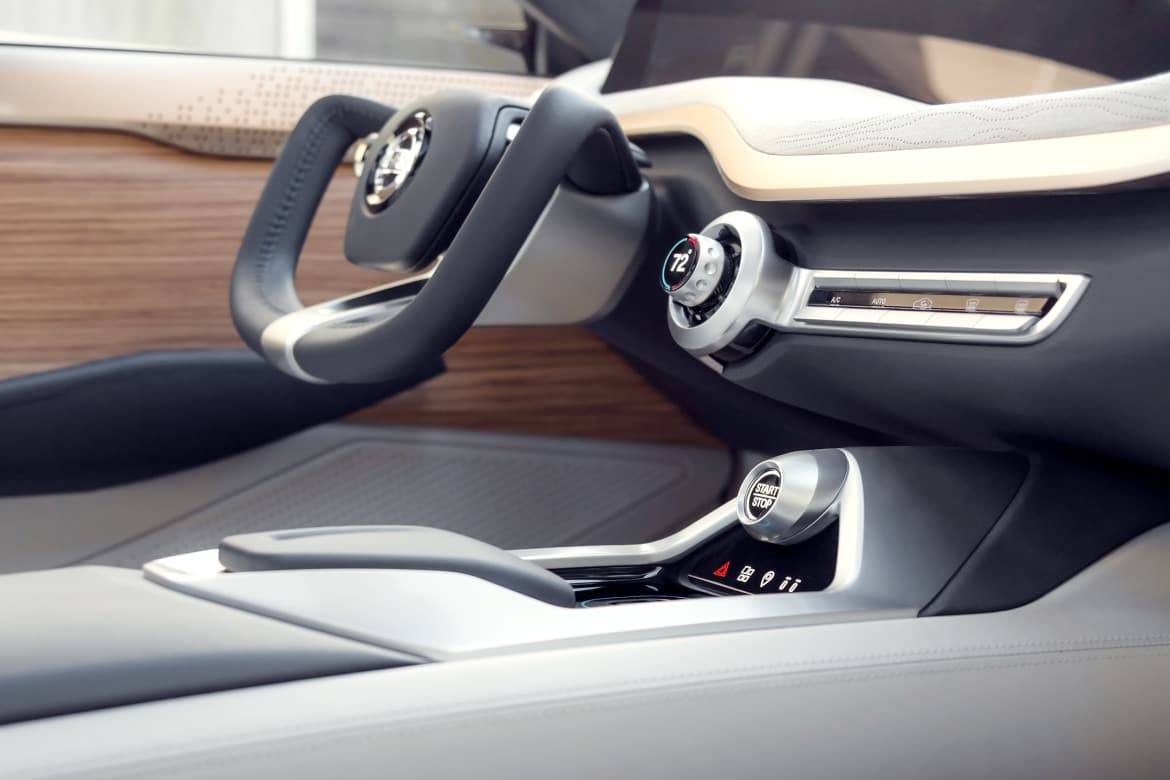
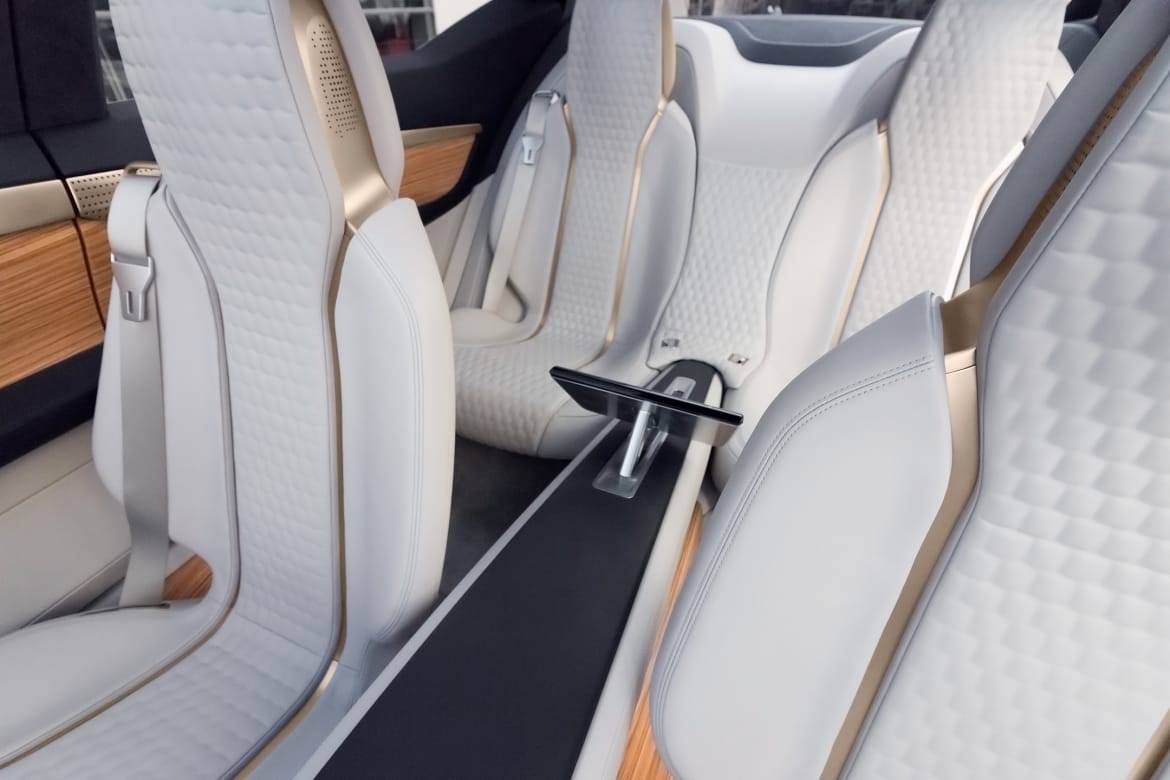
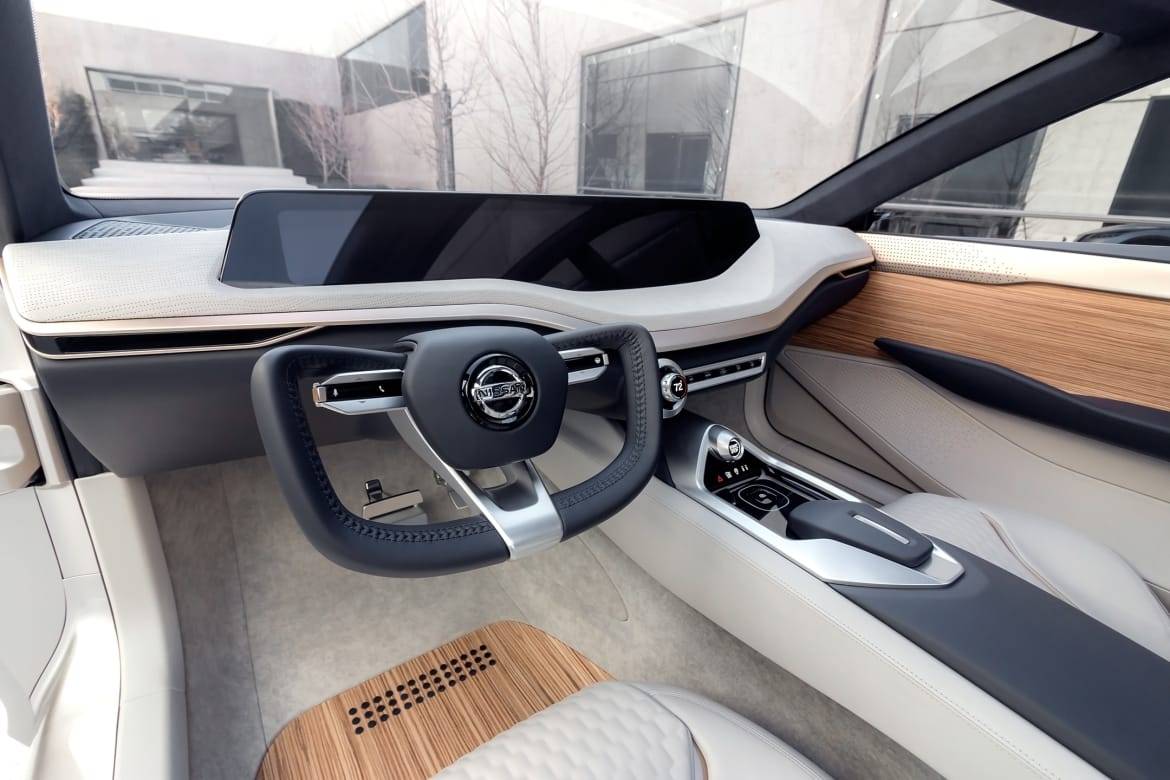
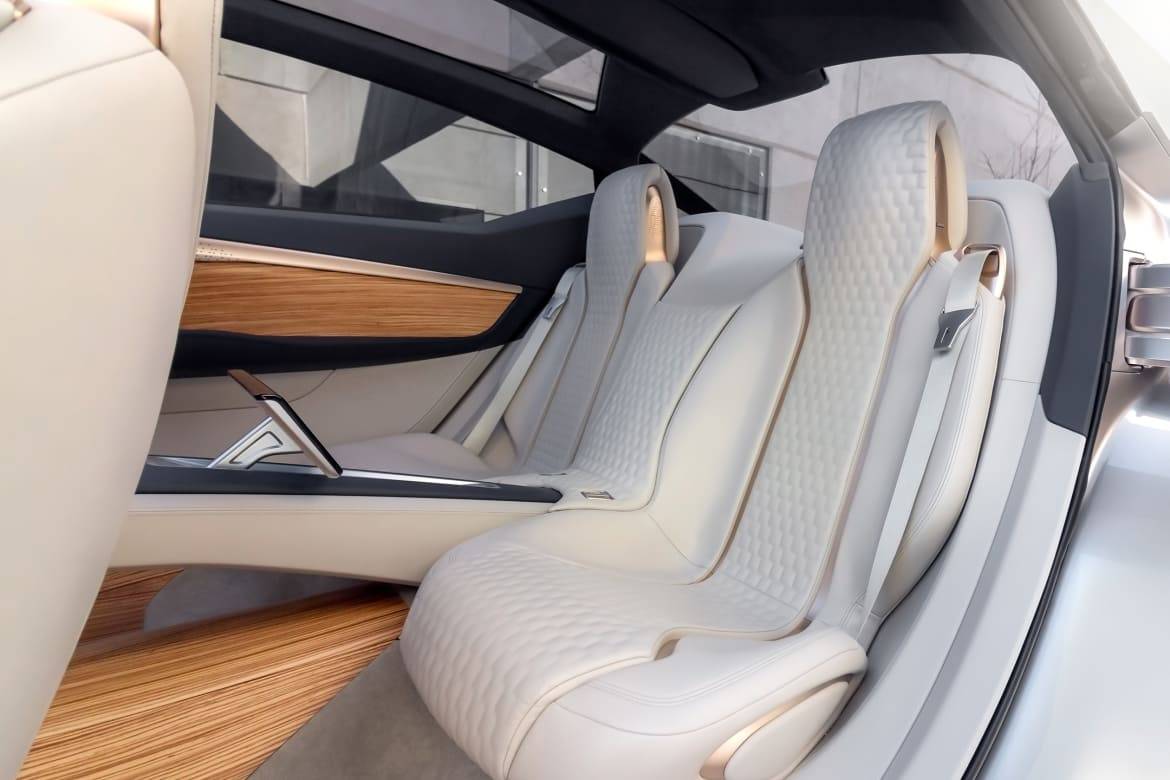
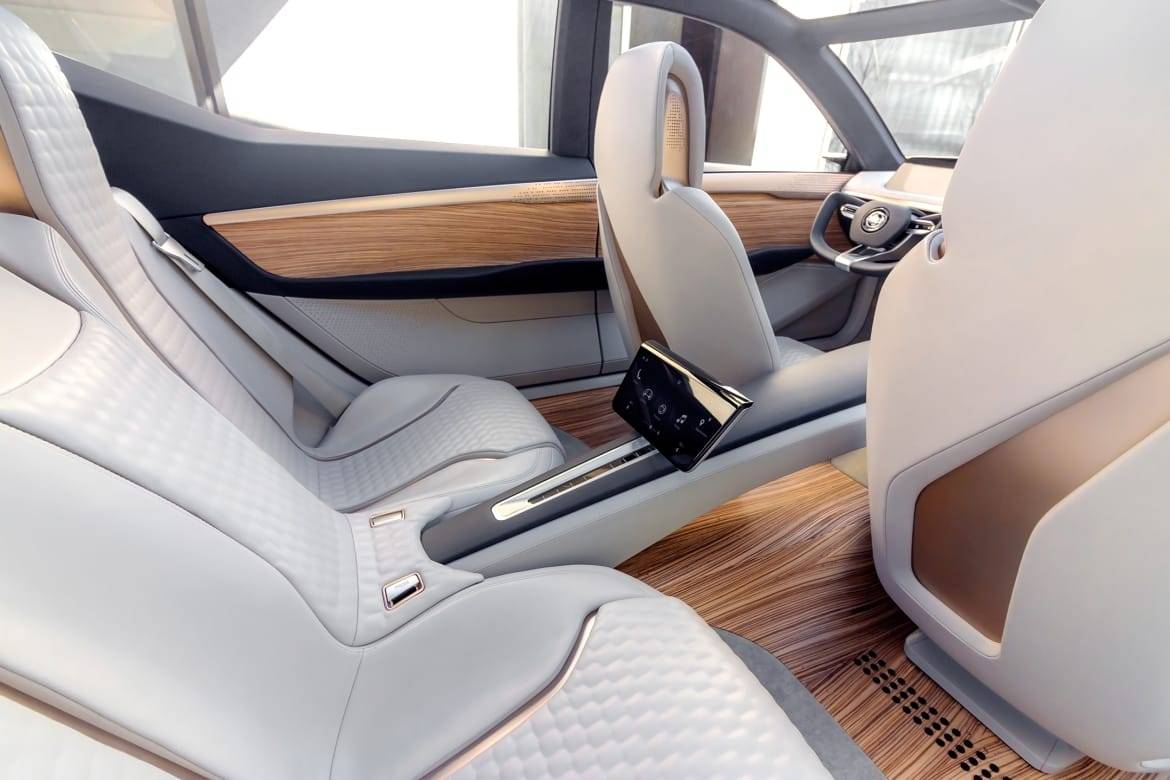
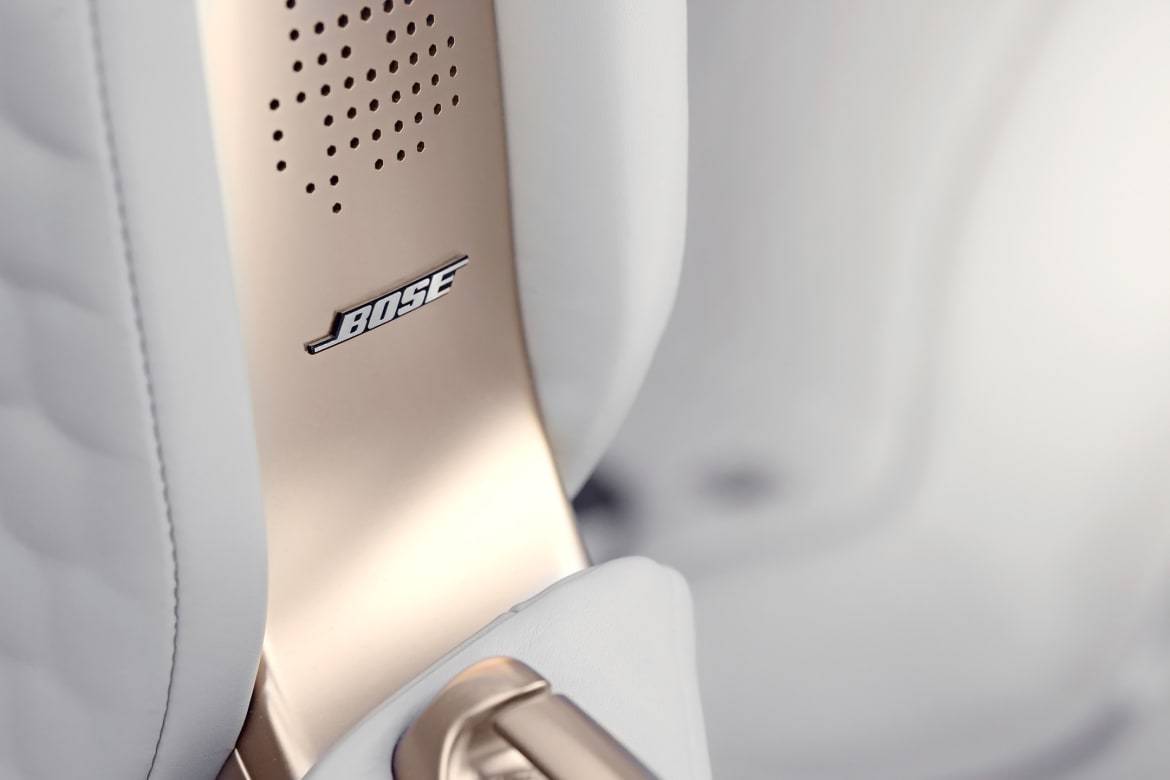

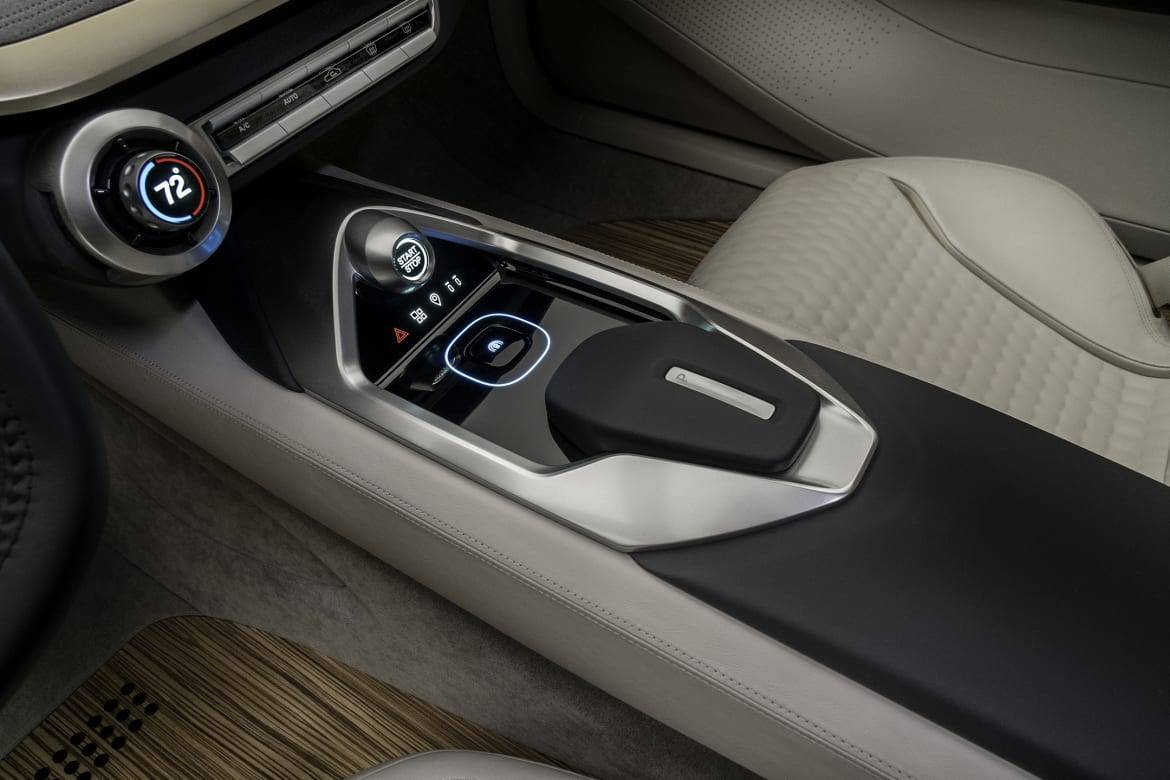
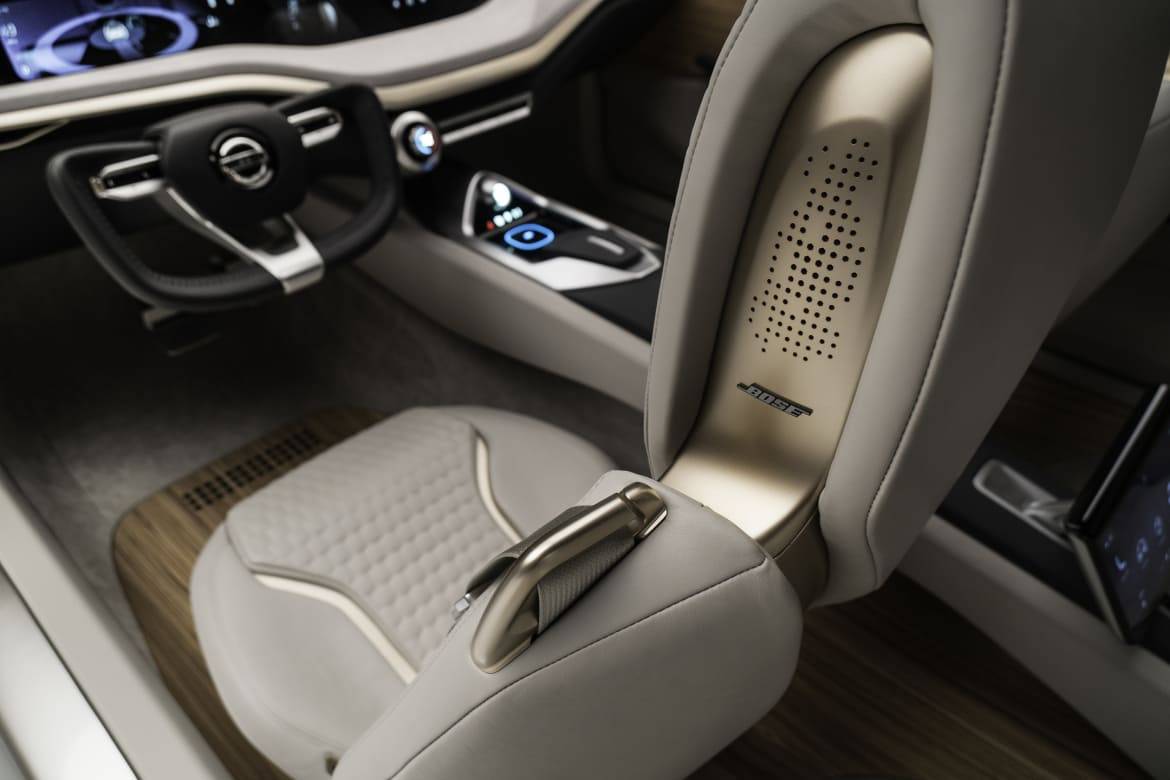
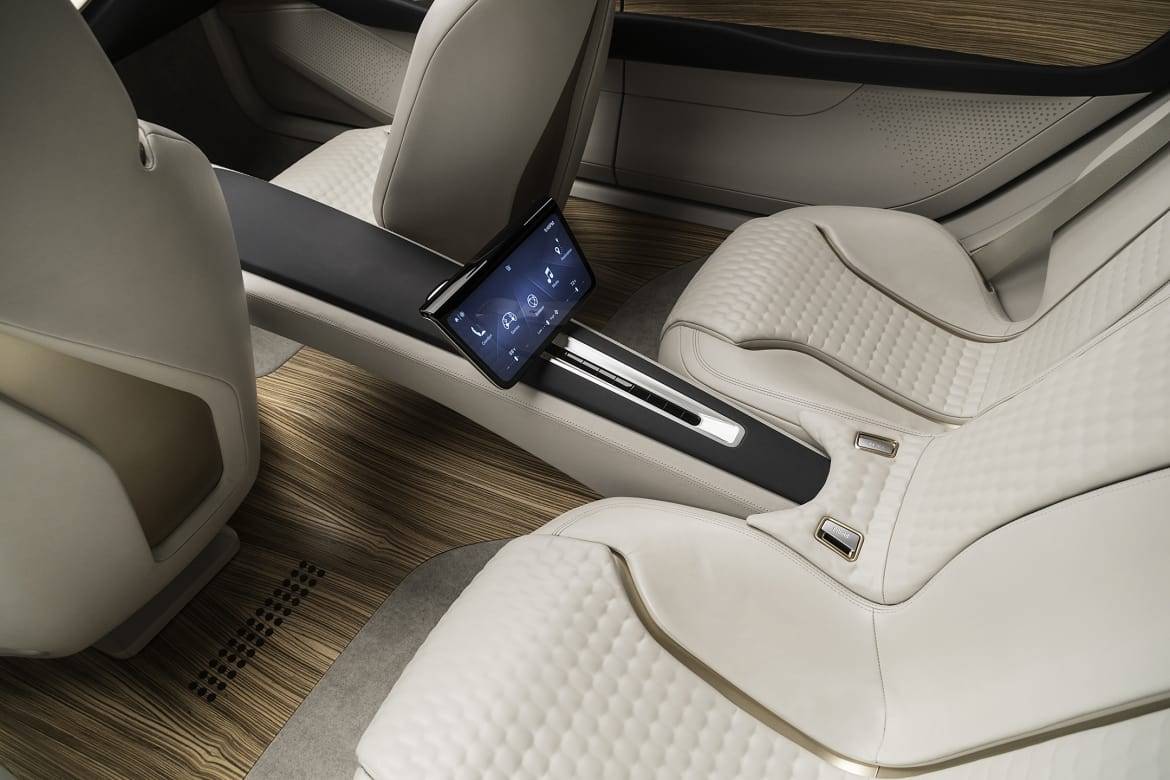
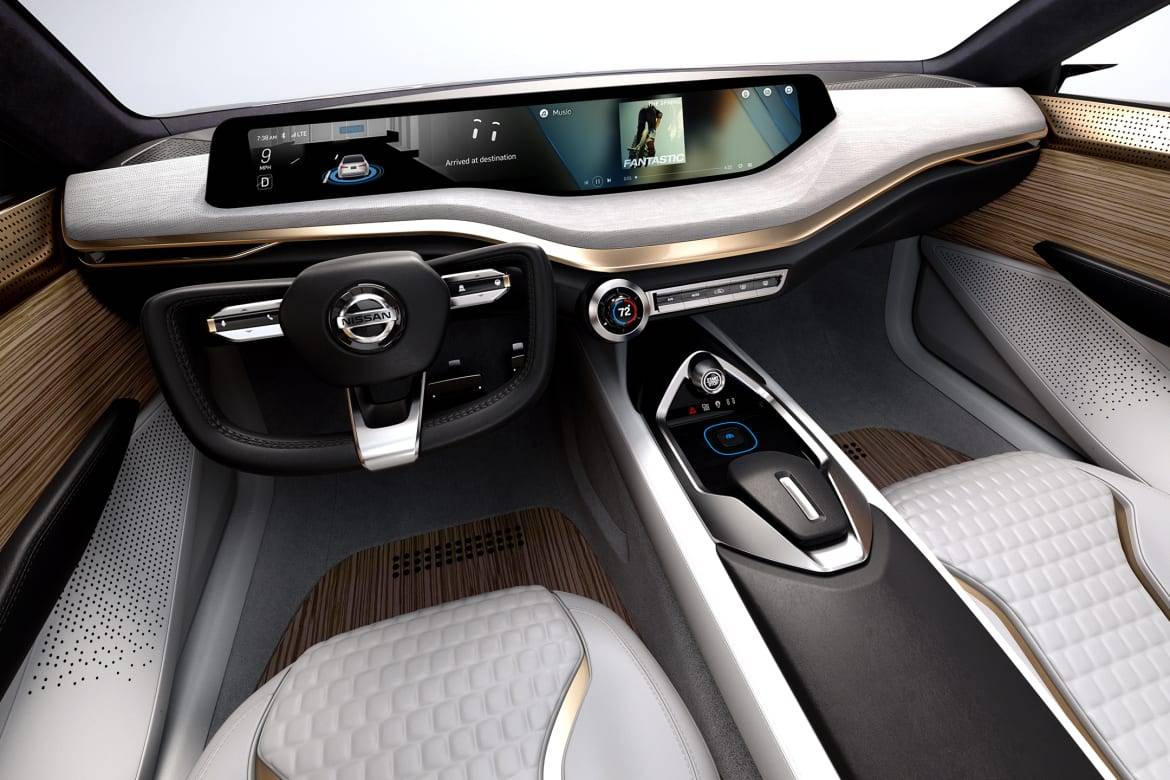
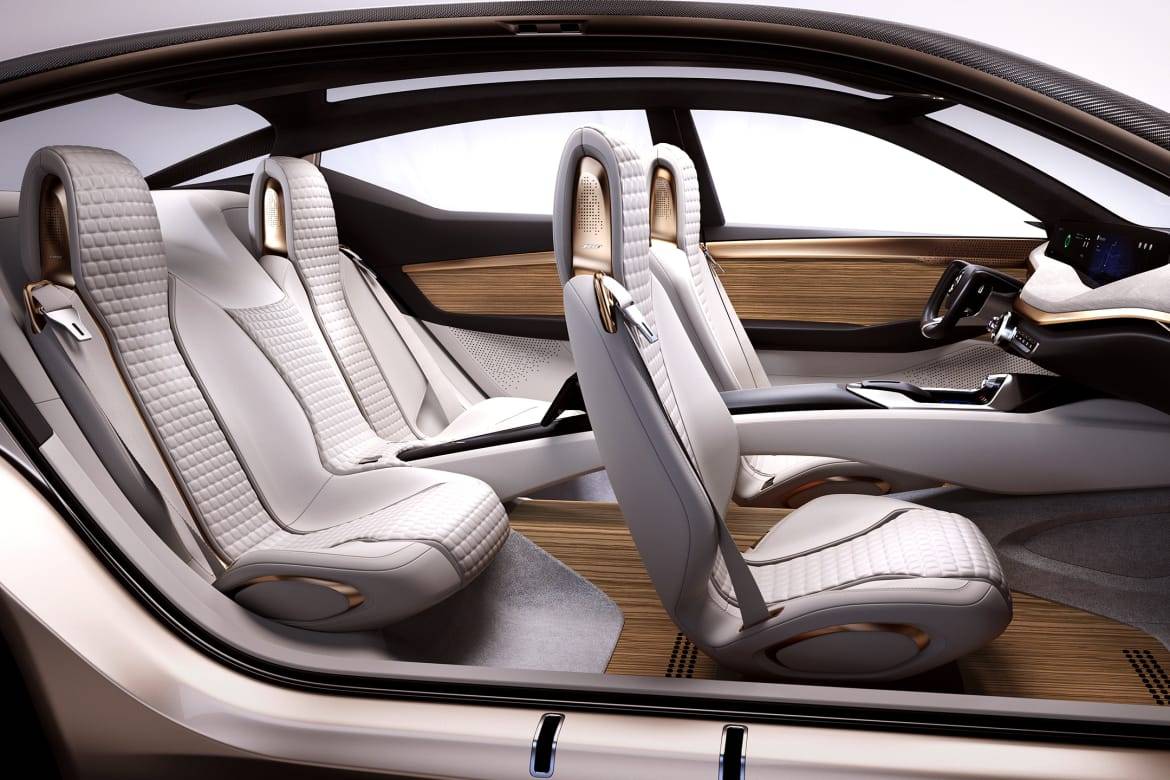
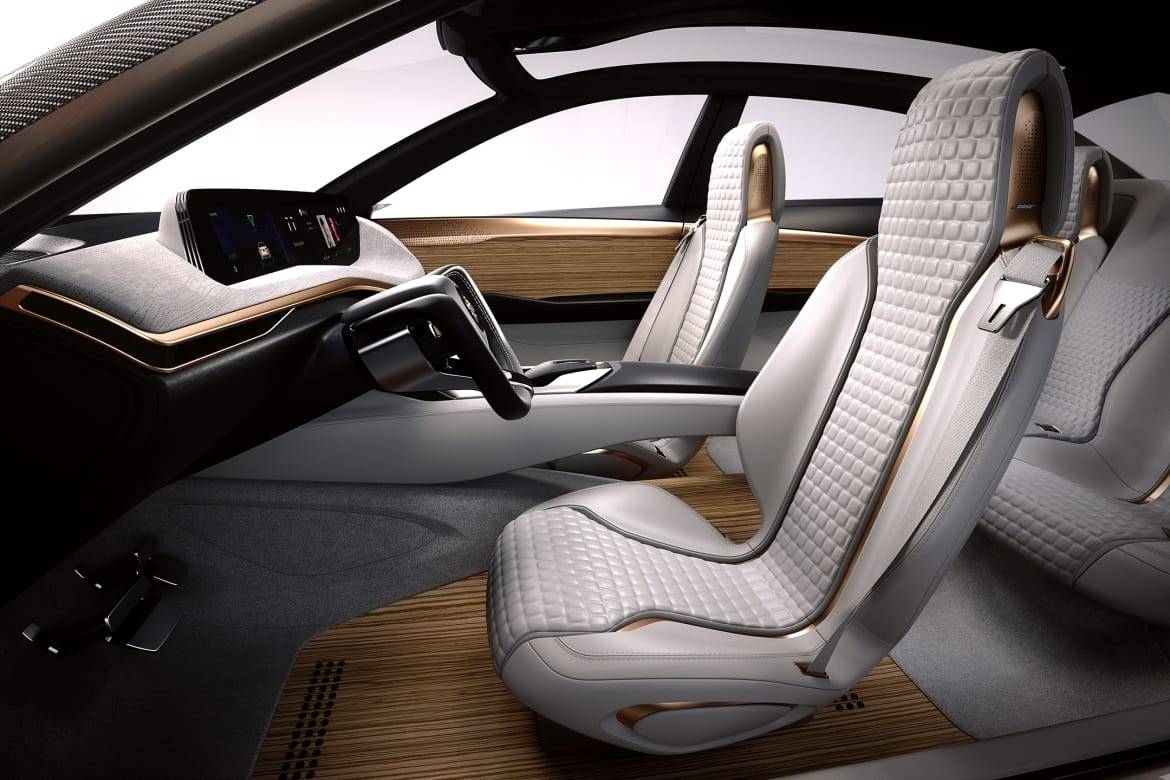






























Former D.C. Bureau Chief Fred Meier, who lives every day with Washington gridlock, has an un-American love of small wagons and hatchbacks.
Featured stories
































